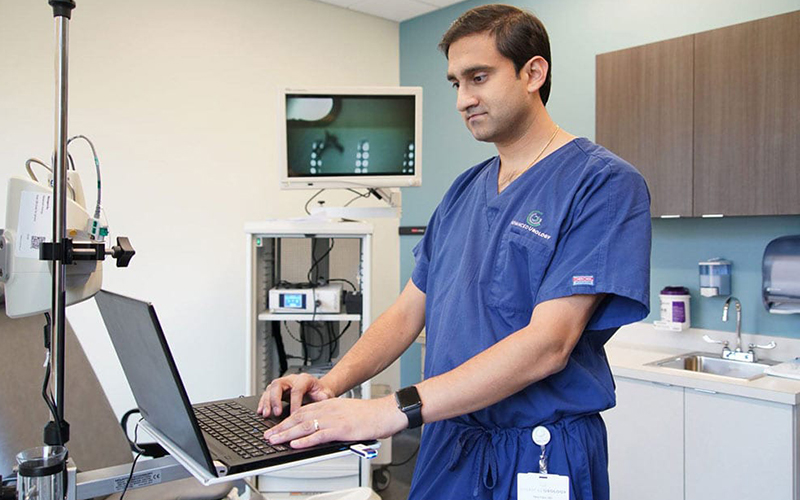Maximizing Efficiency: Technology in Medical Billing
Apr 21, 2024

In today’s rapidly evolving healthcare landscape, medical billing has become increasingly complex, with a myriad of regulations, payer requirements, and administrative tasks that can pose significant challenges for medical providers. However, with the advent of technology and automation, medical billing processes are being revolutionized, offering unprecedented opportunities for efficiency, accuracy, and revenue optimization. In this comprehensive guide, we’ll delve deeper into the importance of technology in medical billing, explore key technologies shaping the industry, and discuss actionable strategies for implementing technology and automation to drive success.
The Evolution of Medical Billing: Embracing Technology for Efficiency
Gone are the days of paper-based billing and manual claim submission. Today, medical billing is powered by advanced technologies that streamline processes, reduce errors, and improve overall efficiency. By harnessing the power of electronic health record (EHR) systems, practice management software, and revenue cycle management (RCM) solutions, medical providers can navigate the complexities of medical billing with ease and precision.
Advantages of Technology in Medical Billing
Key Technologies Shaping the Future of Medical Billing
1. Electronic Health Record (EHR) Systems
EHR systems serve as the backbone of modern medical practices, offering a centralized platform for storing patient information, documenting clinical encounters, and managing billing data. Key features of EHR systems include:
2. Practice Management Software
Practice management software complements EHR systems by providing tools for scheduling appointments, managing patient accounts, and processing billing transactions. Key functionalities of practice management software include:
3. Revenue Cycle Management (RCM) Solutions
RCM solutions are designed to optimize the revenue cycle by automating billing processes, identifying revenue opportunities, and reducing revenue leakage. Key features of RCM solutions include:
Strategies for Successful Implementation
Implementing technology and automation in medical billing requires careful planning, strategic implementation, and ongoing support. Here are some key strategies to ensure success:
Conclusion: Embracing the Future of Medical Billing
In conclusion, technology and automation are reshaping the landscape of medical billing, offering unprecedented opportunities for efficiency, accuracy, and revenue optimization. By leveraging innovative technologies such as EHR systems, practice management software, and RCM solutions, medical providers can streamline billing processes, improve financial performance, and ultimately deliver better patient care. Embrace the future of medical billing by harnessing the power of technology and automation to propel your practice forward.
For informational purposes only.

